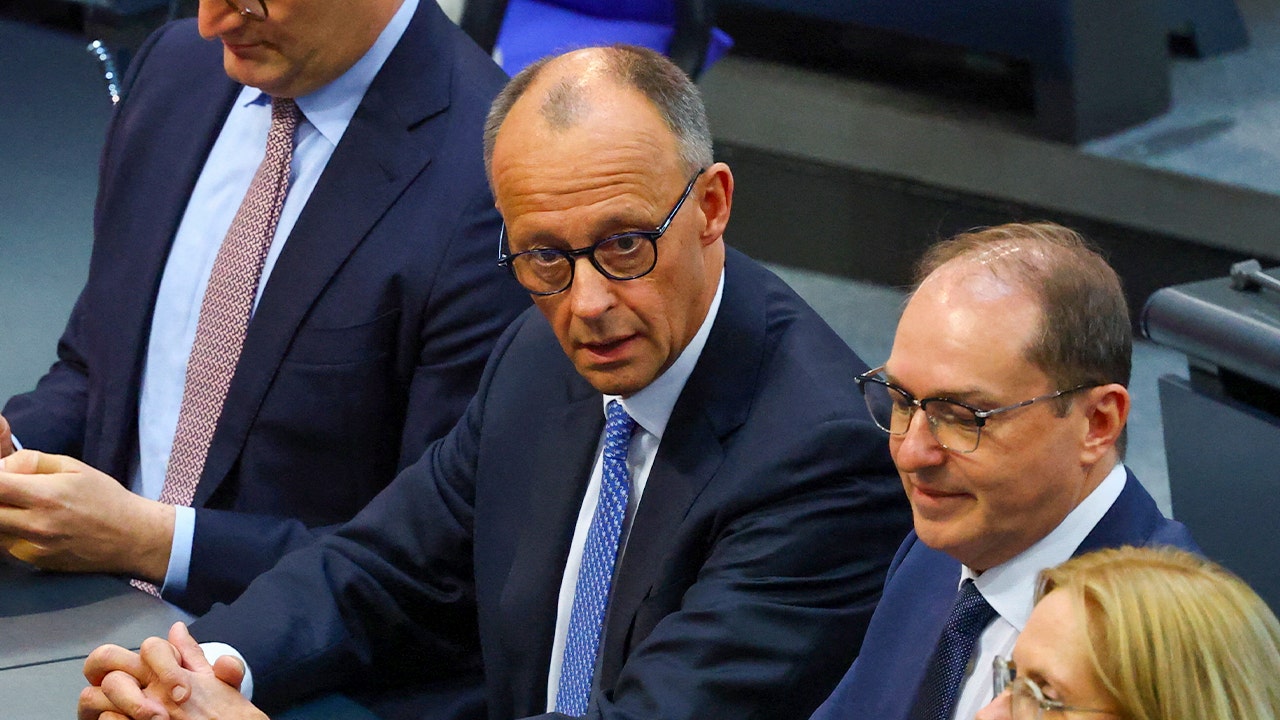By Nimesh Vora
MUMBAI (Reuters) - The U.S. dollar's weakness since the start of Donald Trump's presidency has made it the preferred funding currency for popular "carry" trades, fuelling heavy flows into higher-yielding emerging market currencies.
Dollar-funded carry trades in the Indonesian rupiah, Indian rupee, Brazilian real, Turkish lira among other currencies, are back in vogue, fund managers said.
In a typical currency carry trade, investors use cheap-to-borrow currencies to fund investments in those with better yields. Returns are boosted if the borrowed currency weakens.
The dollar, traditionally less favoured than the Japanese yen or Swiss franc for such trades, has become the funding currency of choice as Trump's trade war stokes recession worries and an investor retreat from U.S. Treasuries.
Carl Vermassen, a portfolio manager at Zurich-based asset manager Vontobel, has added to carry trades on the rupee and rupiah.
"Emerging market local currency was basically shunned for the simple reason: to avoid local currency risk at a time of an almighty dollar," he said. "But, given most investors deem U.S. exceptionalism to have ended, things are changing."
Claudia Calich, head of emerging market debt at M&G Investments, also expects dollar weakness to persist and support carry trades. The London-headquartered fund oversees more than 312 billion pounds ($423.5 billion) and favours the rupee and Philippine peso for carry positions within Asia and the Brazilian real and Mexican peso in Latin America.
The more investors rush back into dollar carry trades, the deeper the dollar's losses are likely to be, analysts said.
The dollar index has fallen 8.5% so far this year, dropping below the critical 100 mark in mid-April for the first time in nearly two years. It was last seen at 99.30.
That means investors are finding good carry not just in the likes of the rupee and rupiah, whose yields are above those in the United States, but even those with low interest rates such as the South Korean won.
The won has led gains in Asian currencies this year with a 6.7% rally against the dollar.
The yield advantage over dollars, or the "carry", measured by the three-month tenure is 2% on the Indian rupee and 1.2% for Indonesia's rupiah.
Brazil's real gives a much higher carry at 9% but is far more volatile, meaning the trade could go horribly wrong if the currency depreciates, instead of appreciating.
The future expected 3-month volatility, also called implied volatility, for the real is 8.1% compared with 4.7% for the rupee.
.png)
 German (DE)
German (DE)  English (US)
English (US)  Spanish (ES)
Spanish (ES)  French (FR)
French (FR)  Hindi (IN)
Hindi (IN)  Italian (IT)
Italian (IT)  Russian (RU)
Russian (RU) 







Comments